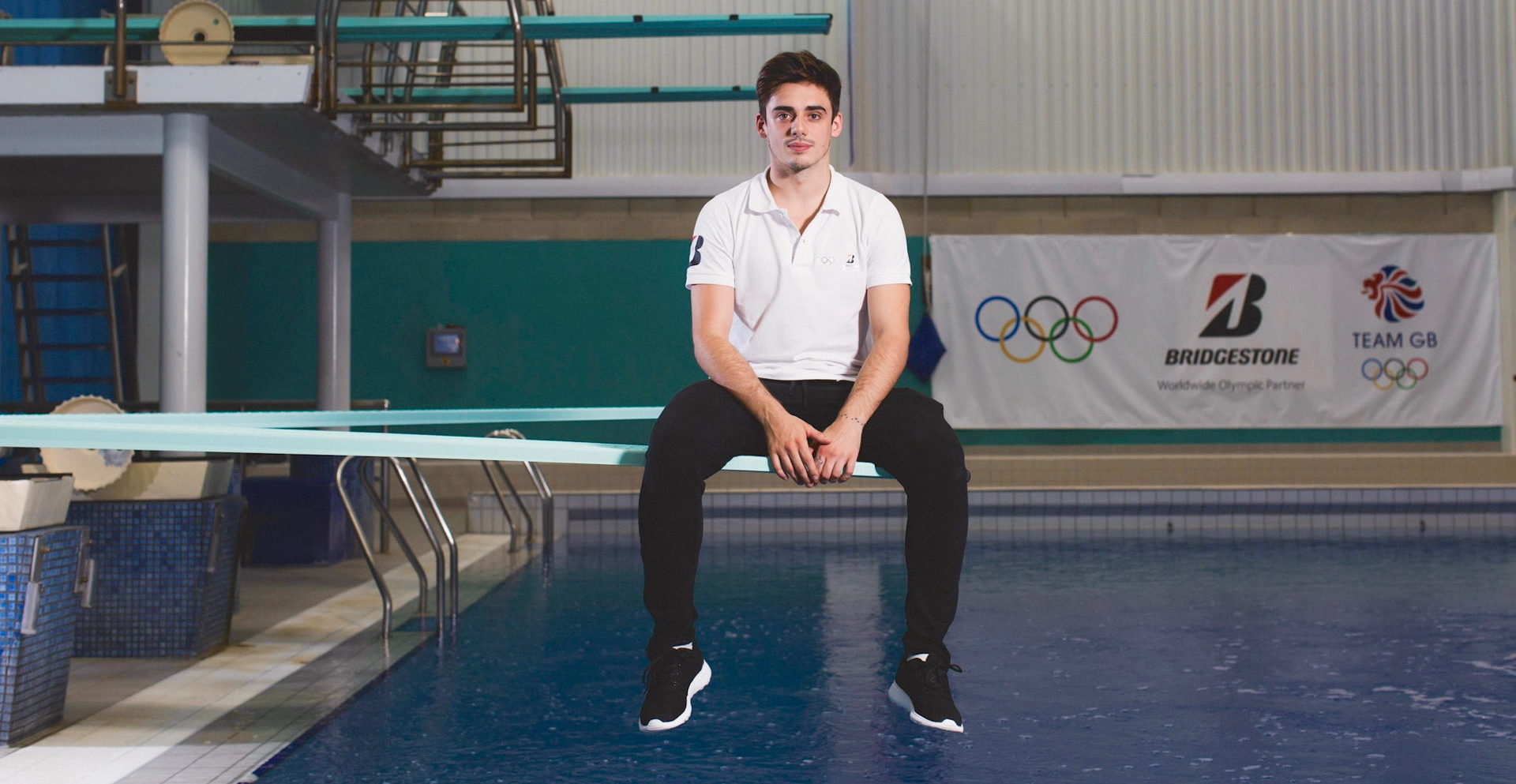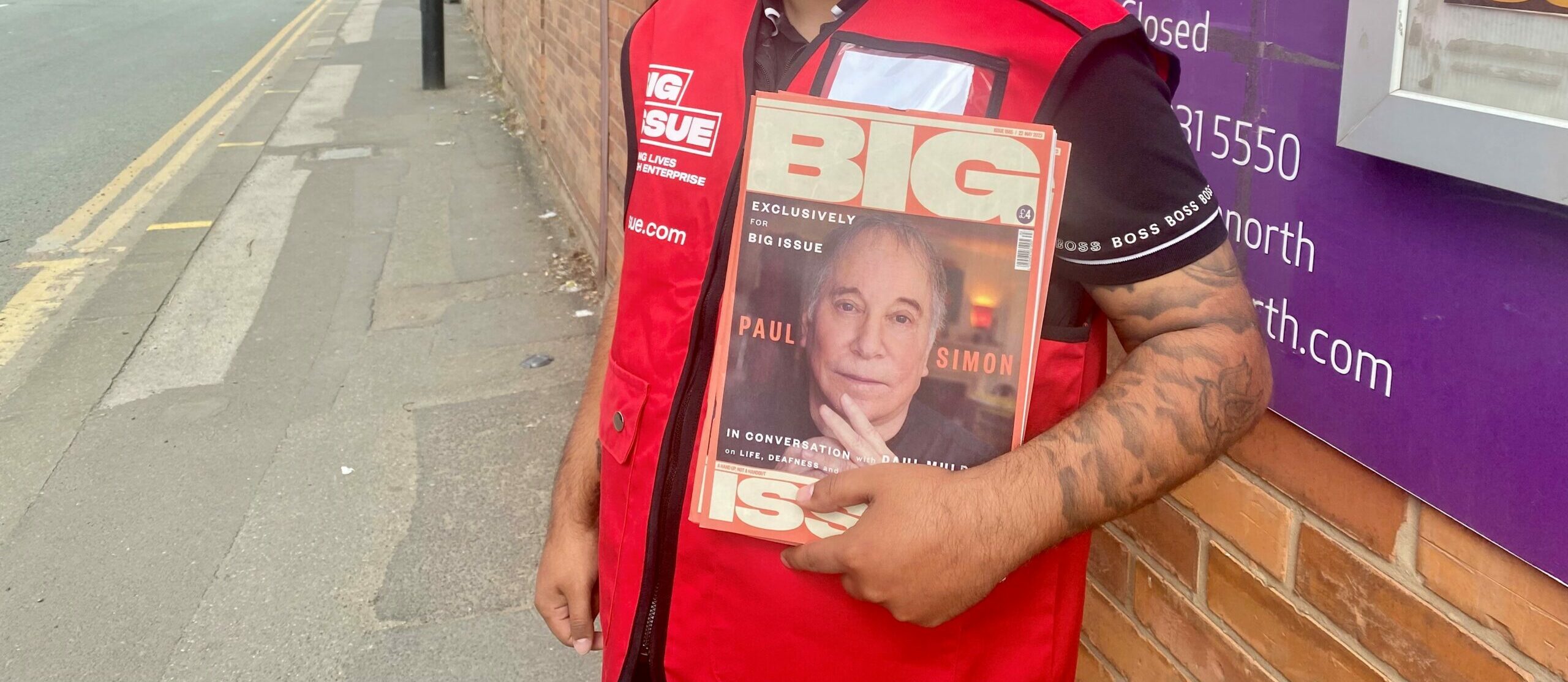Bizarre as it might sound, I think the fact I chose diving as a sport began around the age of four when I just wanted to throw myself about in the house. If I saw a sofa I wouldn’t sit on it like everyone else but try and do somersaults, which was probably quite annoying for my parents because they couldn’t make me keep still. Eventually my dad decided to try and burn up all this energy by taking me swimming.
The problem was, off the blocks I was no good at the swimming part, whereas I did find I was good at diving. Then one day I went to Reading Central Swimming Pool and saw someone wipe out on a five metre board. There was this incredible smack on the water and I thought, hey, that looks like fun. I think to a seven year old there was a danger aspect to it which was kind of exciting, so I started attending low level diving classes on a council-run programme aimed at getting kids into sport. After just one lesson I remember thinking this was what I wanted to do till the end of time.
Of course, it was a long long way from there to the Olympics in Rio. That wouldn’t have been possible without the support network of my stepmum, nana and grandad driving me from Reading to Southampton four times a week. I’d joined a programme called World Class Start aimed at helping talented young athletes to develop, and they suggested I go down and train with Lindsey Fraser. She’s an amazing coach who was a member of the British diving team at two Olympics and later team manager. With her I began to appreciate that diving is an art. It has the aspects of strength and power, for sure, but at the same time there is artistic skill.
Doctors gave me a 5 per cent chance of survival. I had to be resuscitated six times
I started competing in junior events, and that’s how I wound up training in Sydney for the Youth Olympic Festival aged 15 in 2009. While there I had a burst spleen and lost two litres of blood. Doctors gave me a 5 per cent chance of survival. I had to be resuscitated six times in the operating theatre. My white and red blood cell counts were all over the place, my platelet count was the lowest they’d ever seen. They eventually discharged me from hospital but while still in Australia my problems weren’t over. I suffered a seven-hour seizure, which led to me being put into a coma for three days with the risk of brain damage. Luckily I don’t seem to have had that. The thing people notice, being a diver, is the 12 inch scar running down to my navel.
I think the ordeal gave me a broader perspective on what I wanted to do. It was like a mid-life crisis but at the age of 15. I think I’d just gone through the motions with diving until then, but now I had a different outlook and wanted to realise my ambition of making it at the Olympics. I left school so I could focus on diving full-time.
Jack Laugher and I knew each other before we became diving partners and in 2010, on our first trip together, we room-shared and had the biggest laugh ever. I think maybe 70 per cent of our success is based on having a great friendship. It gives us both confidence when we’re standing next to each other. Sync diving is very difficult because of the keeping-in-time aspect of it but the key, I think, is perfectly matching two divers. We can almost read each other’s minds, and that bond is the reason we’re very successful.
After the final dive that won us gold at Rio I felt scattered. That’s the only word for it. I couldn’t believe what had happened. Anyone who watched it on TV will have seen footage of me and Jack on the floor, an absolute mess. It wasn’t disbelief, because we always knew it was possible. We just didn’t think it was probable.
On the horizon for us now is the Commonwealth Games in Australia next April, then hopefully the Tokyo Olympics in 2020, so we’re working towards those. I share a flat with Jack in Morley, Leeds, which is handy for training at the aqua centre at John Charles Sports Centre on the south side of the city.
There has to be a routine. For me it’s getting up at 7am and training for two or three hours, coming back for lunch, then returning for another session. That can be anything from cardio to core training like stability and somersaults, and also rigged-up diving onto mats. Then we’ll
do up to two hours of pool work. We have between 40 to 100 dives per session. Yes, it’s a lot.
Diet’s important and mostly down to me. I make sure that once a week I have what I call my cheat day so that I’m not always focused on being healthy. Before preparing for next season I’m going to have a break by eating burgers and making some music. I’ve been writing and producing EDM and house music for about four years, and find it’s a good release from my sport. I also work as a DJ. I’ve got a bedroom studio as well as some space I rent in Leeds. I see music as my future beyond diving and I’ve built up a lot of material I hope to be launching soon, fingers crossed.
Whenever I can, I like to put something back into sport. At the moment I’m really excited to be part of Bridgestone’s Chase Your Dream, No Matter What campaign. After all, that’s what I did after my illness. So recently I met a group of people at Leeds who wanted to conquer their fears, and helped them to jump off a 10 metre diving board. You can see a YouTube video of it at nomatterwhat.uk.com.
Like the Big Issue North on Facebook




Leave a reply
Your email address will not be published.